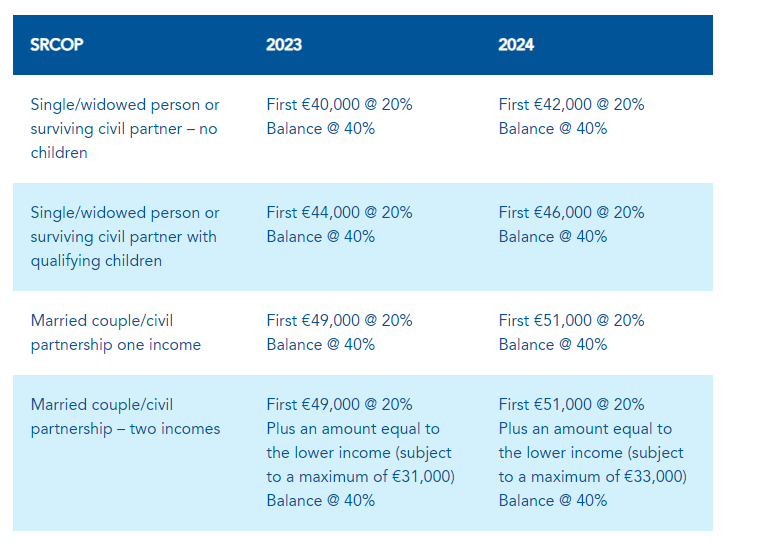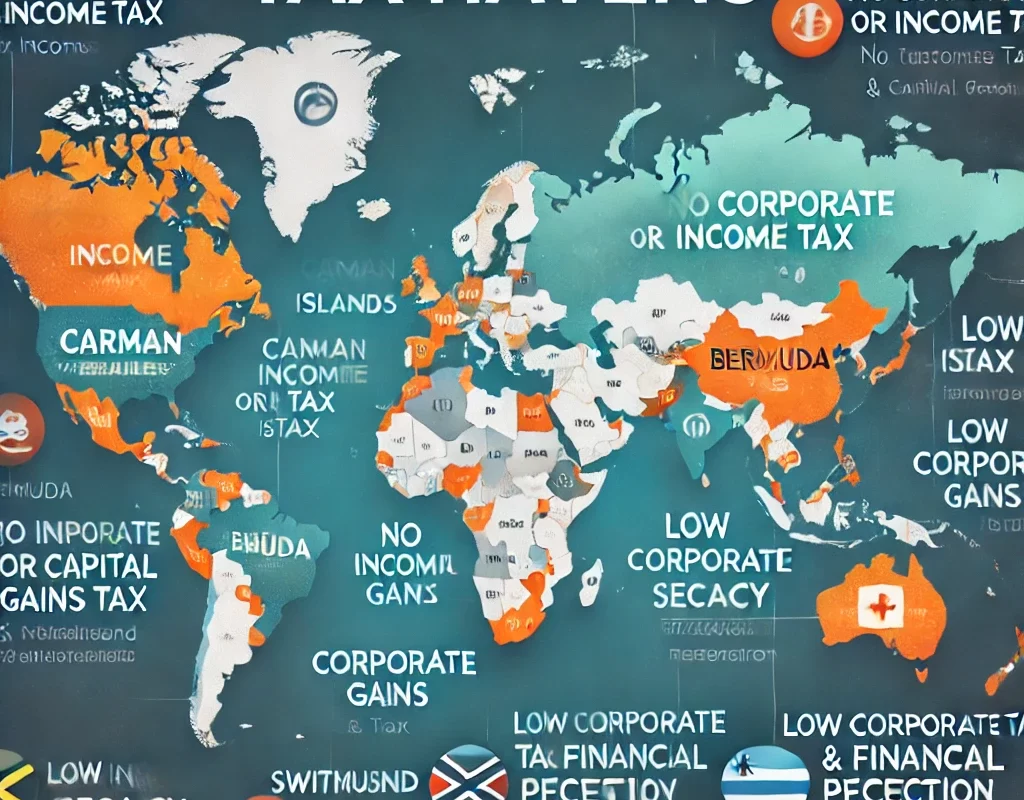Tax season doesn’t have to be a nightmare—it’s an opportunity. Let me share how I recently helped a Dubai-based business optimize its tax liabilities and avoid penalties. It’s a story of critical thinking, detailed problem-solving, and strategic tax saving that turned a stressful situation into a win.
The Challenge
A client—a mid-sized trading company—approached me just weeks before their tax filing deadline. They were overwhelmed with the complexities of UAE tax regulations and disorganized records. Their primary concerns:
VAT Non-Compliance: They had gaps in VAT records, risking penalties.
Missed Deductions: Operating expenses weren’t documented properly.
Underreported Income: Their financials weren’t reconciled, causing errors in reporting net profit.
Penalties for late or incorrect filing could have cost them upwards of AED 50,000. They needed a solution—fast.
The Solution: My Proven Process
Step 1: Deep Dive into Financials
I started by gathering all their records, from trade licenses to invoices. Using accounting software, I categorized their expenses and reconciled their bank statements with accounting records.
Critical Insight: A mismatch of AED 300,000 in their income statement due to unrecorded invoices! By identifying and correcting these errors, we avoided severe FTA penalties.
Step 2: Optimizing Deductions
I reviewed their operating expenses and identified several deductible costs that they hadn’t accounted for:
Salaries: AED 1,000,000
Office Rent: AED 200,000
Utilities: AED 50,000
Depreciation on Machinery: AED 100,000
Tax Savings: Properly categorizing these reduced their taxable income by AED 1,350,000, saving them AED 121,500 in corporate tax (9% of AED 1,350,000).
Step 3: VAT Adjustments
The client had overlooked input VAT credits for eligible expenses, including:
AED 25,000 for office equipment.
AED 10,000 for professional services.
By claiming these credits, we reduced their VAT liability by AED 35,000.
Step 4: Double-Checking and Filing
Once all adjustments were made, I reviewed their returns for accuracy. Small errors, such as incorrect invoice references, were fixed to ensure compliance. The final submission was made through the FTA portal without delays.
The Outcome
Total Tax Saved: AED 150,000
Penalties Avoided: AED 50,000+
Time Saved: The client avoided last-minute panic and future audits.
Most importantly, they gained peace of mind knowing their tax matters were in expert hands.
Why This Matters
Tax saving isn’t just about compliance—it’s about strategy. By combining a forensic approach with critical thinking, I helped this business transform a chaotic tax season into a financially optimized outcome.
Are you ready to unlock similar results for your business? Whether you’re a trading company, a startup, or a multinational, I’ll ensure your tax filings are accurate, compliant, and optimized for savings.
📩 Let’s connect today. Share your challenges, and let me show you the solutions.





